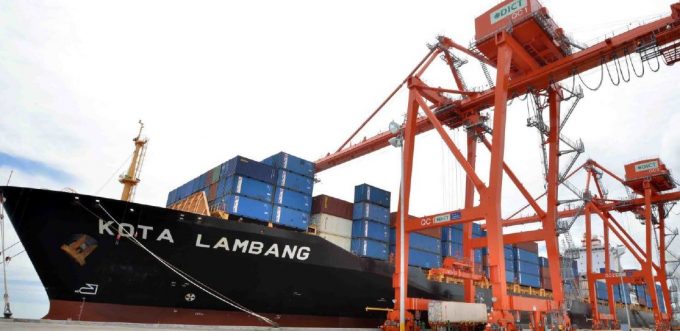Container lines still ordering more ships, despite falling spot rates
Liner operators and non-operating shipowners have continued to add to their already swollen orderbooks, despite ...

Pacific International Lines (PIL) today ordered four 8,000 teu containerships from Yangzijiang Shipbuilding, as the Singapore-based regional carrier continues to improve its financial health.
In March, PIL ordered newbuildings for the first time in seven years, four 14,000 teu ships from Jiangnan Shipyard. Previousl its last ...

Comment on this article